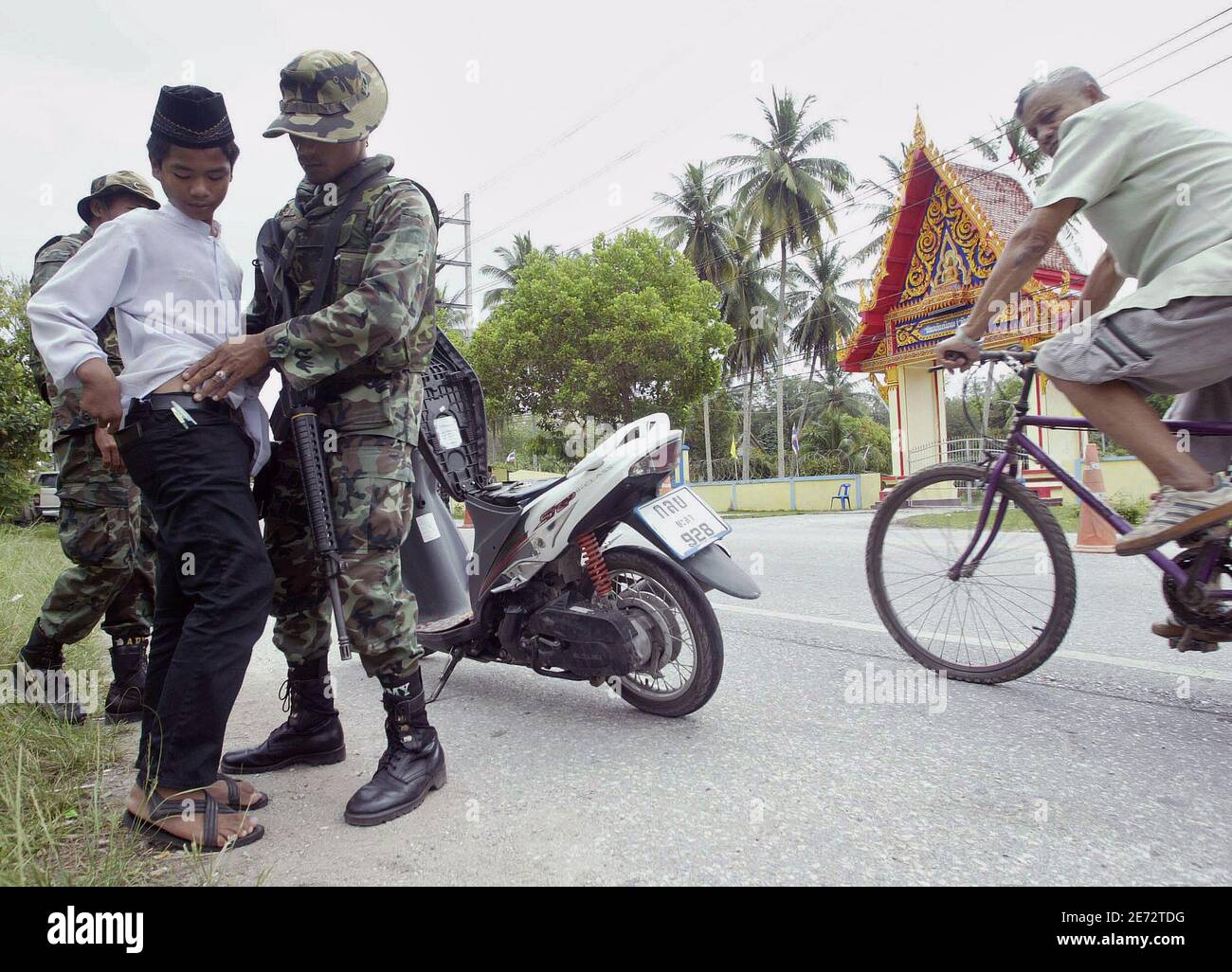

Īugust 1996: Thirty-six schools were torched in Yala, Pattani, and Narathiwat allegedly by members of the New PULO faction, reportedly a dissident faction of the original PULO established by Arrong Moo-reng and Hayi Abdul Rohman Bazo. It is believed that there is now a co-ordinating body called the Patani United Liberation Organisation (Dewan Pembebasan Pattani or PULO), although little is known about the composition or leadership of the various groups.ġ993: The New PULO, a dissident faction of the original PULO, was established by Arrong Moo-reng and Hayi Abdul Rohman Bazo. The BRN Congress is regarded as the most active group, but there are several others, and competition between these militant groups has helped fuel the insurgency. The BRN split into three rival factions, of which the most militant were the BRN Coordinate and the BRN Congress.

The government charged and imprisoned the perpetrators and launched an official inquiry and compensated the families of the victims. The attack was blamed on Buddhist extremists. A bomb was thrown into the crowd killing 12 and injuring at least 30 protesters. ġ1 December 1975: PULO organised mass protests in response to the event, which were joined by 70,000 Malay Muslims. The government allegedly failed to conduct a proper investigation into the matter. Ģ9 November 1975: Thai marines allegedly murdered five Muslim youths in the Bacho District of Narathiwat Province. PULO became the most powerful insurgent group during the 1960 – 2000 period of the war. ġ968: Patani United Liberation Organisation (PULO) was founded by Tengku Bira Kotanila (alias Kabir Abdul Rahman). ġ960: The Barisan Revolusi Nasional (BRN) was founded by Haji Abdul Karim in response to the introduction of a secular curriculum in Pattani's religious boarding schools. His Malaysia visit has laid the groundwork for talks to begin.Although the conflict was carried out with less intensity, armed resistance in the 1960s and 1970s involved up to 1,500 insurgents. Seemingly undeterred, Prayuth, who assumed the premiership after leading a military coup against former Prime Minister Yingluck Shinawatra’s government earlier this year, vowed in September to end the insurgency before Thailand enters the Association of Southeast Asian Nations (ASEAN) Economic Community at the end of 2015. A succession of Thai governments has tried to stem the violence over the years, but to no avail. Since the latest outbreak of the insurgency in Thailand’s Malay-Muslim-majority southernmost provinces in 2004, more than 6,000 people have been killed as shadowy insurgents fight for autonomy from predominantly Buddhist Thailand.

While the resumption of Malaysia-hosted peace talks between the Thai state and Malay-Muslim rebels is an encouraging sign, the parties are likely to encounter formidable challenges as they attempt to structure a political solution that will lead to a durable peace and end Southeast Asia’s most lethal ongoing conflict. 1, during Thai Prime Minister Prayuth Chan-o-cha’s first visit to Kuala Lumpur, he and his Malaysian counterpart, Prime Minister Najib Razak, agreed on the conditions to restart peace efforts to resolve the deadly southern Thailand insurgency.


 0 kommentar(er)
0 kommentar(er)
